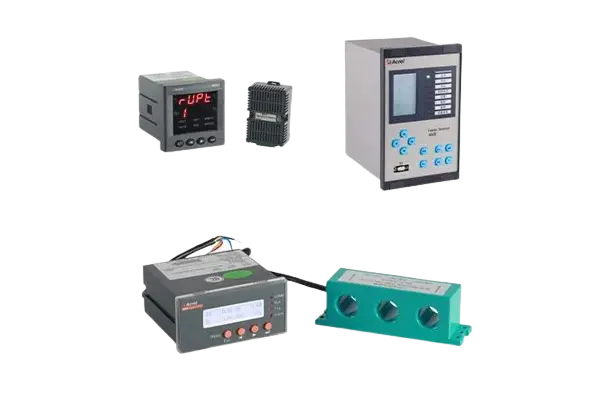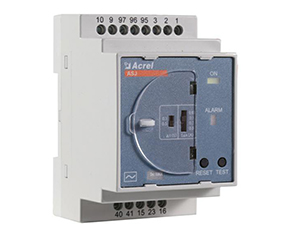

ACREL energy meter has automatic metering, billing, and data transmission functions, making them a core component of power distribution management. In the field of new energy power generation, ACREL energy meter can monitor and measure the power output of new energy generation equipment in real-time, ensuring the quality and safety of the electricity. Moreover, through their data transmission capabilities, ACREL energy meter can transmit real-time operational data of new energy generation equipment to both power suppliers and users, enabling timely information sharing and effective communication.
ACREL energy meter can record the usage status of new energy generation equipment. Through data analysis and processing, they provide accurate power dispatching information to power suppliers. This helps power suppliers better understand the operational status of new energy generation equipment, enabling them to rationally arrange power production and supply, thereby improving energy utilization efficiency. Furthermore, ACREL energy meter can also perform emissions statistics for the use of renewable energy, providing data support for environmental protection efforts and promoting the development of green and low-carbon new energy.
In the field of new energy power generation, ACREL energy meter can provide users with more detailed and accurate electricity usage information, enabling them to better understand their household electricity consumption at different times, formulate scientifically sound electricity usage plans, and reduce actual electricity expenses. At the same time, ACREL energy meter can also support time-of-use pricing and other market-based pricing policies. By relaying price signals, they guide users to use new energy electricity reasonably, promoting competition and development in the power market.
ACREL energy meter can monitor the operational status of new energy generation equipment in real-time. Upon detecting any anomalies, they can quickly transmit the information to both power suppliers and users, enabling timely measures for repairs, reducing power outage time, and ensuring the stable operation of the power system.
 English
English 日本語
日本語 한국어
한국어 français
français Deutsch
Deutsch Español
Español italiano
italiano русский
русский português
português tiếng việt
tiếng việt Türkçe
Türkçe العربية
العربية






